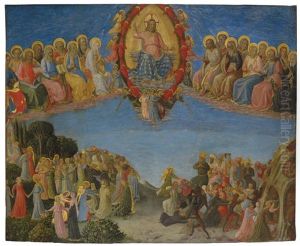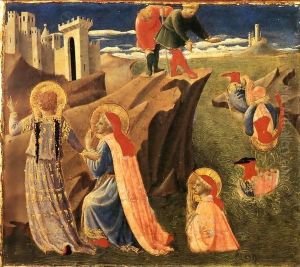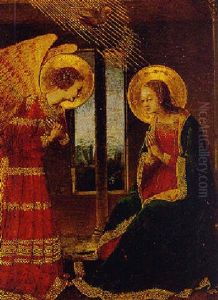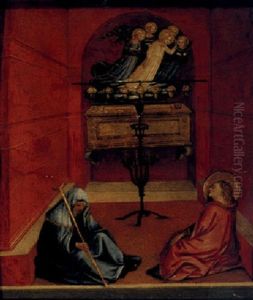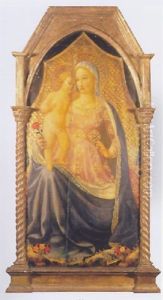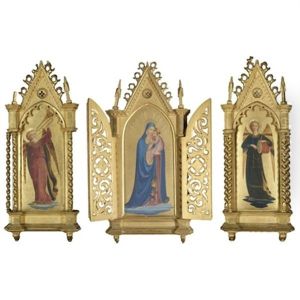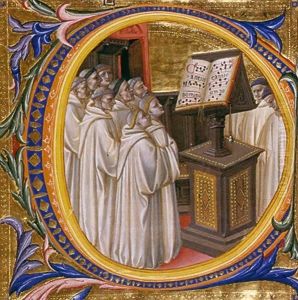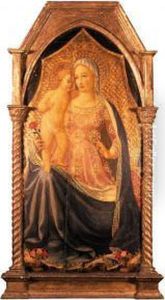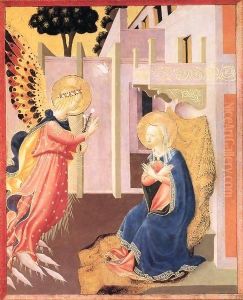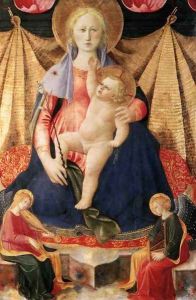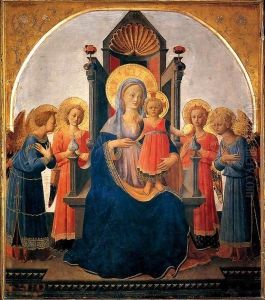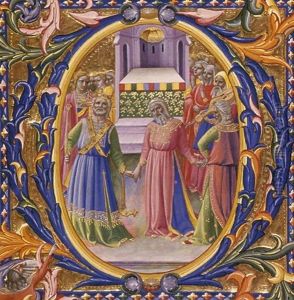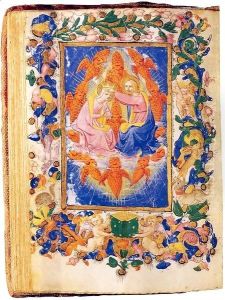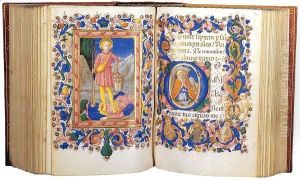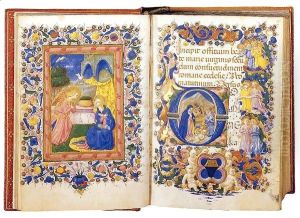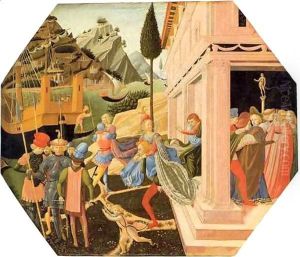Zanobi Strozzi Paintings
Zanobi Strozzi was an Italian painter and manuscript illuminator, born in Florence in 1412. A notable figure of the early Renaissance, Strozzi was deeply influenced by the prevailing artistic and cultural movements of his time. He was a contemporary and, according to some sources, a pupil of Fra Angelico, one of the most revered artists of the period. This association significantly impacted Strozzi's artistic development and style, which is evident in the delicate figures, serene compositions, and luminous color palette characteristic of his works.
Strozzi's contributions to art are primarily in the realms of manuscript illumination and panel painting. In the domain of manuscript illumination, he is known for his exquisite and detailed work, which showcases his mastery over color and composition. His illuminations often featured religious scenes, adorned with vibrant colors and embellished with gold, reflecting the spiritual and opulent nature of the period's religious manuscripts.
As a panel painter, Strozzi produced several altarpieces and religious panels. His works are celebrated for their spiritual depth and the serene beauty of their figures, which seem to embody the divine grace and tranquility of the celestial realm. One of his most famous works is the 'Madonna and Child with Saints,' which exemplifies his skill in creating harmonious and balanced compositions that resonate with devotion and elegance.
Throughout his career, Zanobi Strozzi remained closely tied to the city of Florence, contributing to its artistic legacy during a time when it was a flourishing center of the Renaissance. His works can be found in various museums and collections around the world, serving as a testament to his skill and dedication to art.
Strozzi's death in 1468 marked the end of a career that had significantly contributed to the early Renaissance's artistic achievements. His legacy, however, continues to be celebrated for its contribution to the development of Florentine art and its influence on subsequent generations of artists.
